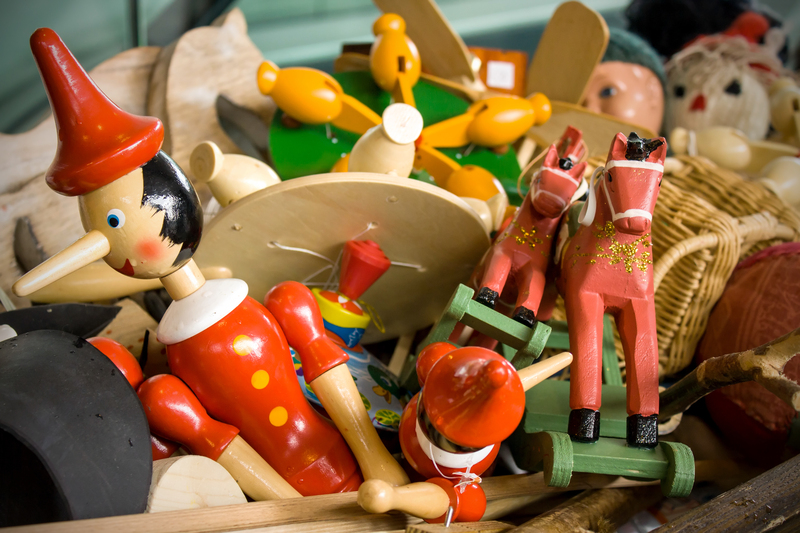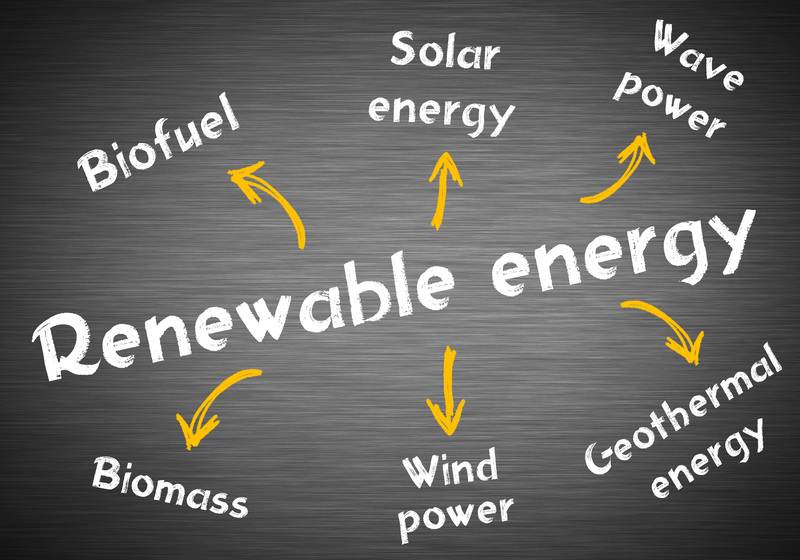Step-by-Step Guide to Proper PPE Waste Disposal
Personal Protective Equipment (PPE) is essential for maintaining health and safety in various settings, especially during health crises such as pandemics and industrial hazards. However, improper disposal of PPE can lead to serious health risks and environmental pollution. This comprehensive article provides a detailed step-by-step guide to proper PPE waste disposal, ensuring you, your community, and the planet remain protected.
Why Proper PPE Waste Disposal Matters
Since the global upsurge in PPE usage, particularly face masks, gloves, gowns, and face shields, effective PPE waste management has become increasingly vital. Incorrect disposal of PPE waste leads to contamination, exposure risks, and contributes to land and marine pollution. By following an effective PPE waste disposal process, you help protect public health, prevent disease outbreaks, and lower environmental hazards.
Key Risks of Improper PPE Disposal
- Environmental Pollution: Non-biodegradable materials like plastics in masks and gloves pollute soils and waterways.
- Infection Spread: Used PPE may harbor harmful pathogens, increasing exposure risks to sanitation workers and the public.
- Wildlife Threat: Animals may ingest or become entangled in improperly discarded PPE waste.
- Unsanitary Conditions: Littered PPE creates unsightly, unhygienic areas in communities.

Understanding the Types of PPE Waste
Personal Protective Equipment waste includes any equipment or garment designed to protect users from health risks. Knowing how to identify and categorize these materials is crucial for safe and reliable disposal. Below are the main categories:
PPE Waste Categories
- Single-use PPE: Disposable items like face masks, gloves, aprons, and shoe covers.
- Reusable PPE: Items like washable gowns or face shields, which require special handling after their useful life ends.
- Contaminated PPE: PPE used in healthcare or industrial settings, potentially carrying infectious agents or hazardous chemicals.
Each type demands specific handling for proper PPE waste management, emphasizing the importance of segregating them accordingly.
The Step-by-Step PPE Waste Disposal Process
Follow this detailed step-by-step guide to proper PPE disposal at your workplace, healthcare facility, or home to minimize your environmental footprint and avoid health threats.
1. Prepare for Safe Removal
- Before removing PPE, clean your hands with alcohol-based hand sanitizer or soap and water.
- Avoid touching your face, eyes, nose, or mouth throughout the removal process.
- Remove PPE carefully, turning items inside-out when possible to encapsulate contaminants within the material.
2. Segregate Used PPE Waste
- Separate contaminated PPE waste (e.g., from medical settings) from household waste.
- Use dedicated, clearly labeled PPE waste bins or bags, preferably with foot-operated lids.
- Never mix PPE waste with general recyclables or compostable materials.
3. Double-Bag and Seal
- Place used PPE inside a sturdy disposal bag; double-bagging is recommended for extra protection.
- Seal bags tightly using knotting, zip ties, or sealing tape.
- Label the bag as "PPE waste" or include a hazard notice if contamination is suspected.
4. Store PPE Waste Safely
- Keep sealed bags in a secure, well-ventilated area, away from children, pets, and food preparation spaces.
- For home settings, store bags for at least 72 hours (3 days) before putting them into standard waste collection, unless instructed otherwise by local guidelines.
- Ensure waste is not accessible to scavengers or unauthorized personnel.
5. Dispose of PPE via Official Collection Systems
- Follow your municipality's guidance for PPE disposal--some areas have dedicated collection points or schedules.
- Do not flush masks or gloves down toilets or dispose of them in open areas.
- Healthcare and industrial facilities should work with certified waste management companies or incineration plants for hazardous waste.
6. Clean and Disinfect Your Hands
- After handling or disposing of PPE waste, immediately wash your hands with soap and water for at least 20 seconds.
- Alternatively, use an alcohol-based hand sanitizer containing at least 60% ethanol or isopropyl alcohol.
Best Practices for PPE Waste Management
In addition to the above step-by-step guide for PPE waste disposal, consider these best practices for an optimized routine:
- Use color-coded and clearly marked bins to avoid confusion and improper mixing of different waste streams.
- Train your staff or household on the correct PPE disposal steps and local regulations to ensure consistency.
- Regularly disinfect PPE waste bins and storage areas to minimize hygiene risks.
- Encourage responsible reuse if safe and feasible (such as properly cleaning reusable face shields or washable gowns).
- Report overfilled or damaged PPE waste bins to waste management authorities for timely collection.
PPE Waste Disposal in Different Settings
Healthcare Facilities
- Strictly follow infection control guidelines and local PPE waste disposal policies.
- Use medical-grade biohazard bags and ensure frequent waste removal.
- Educate staff on protocols for handling, labeling, and storing infectious PPE waste.
Industrial and Laboratory Environments
- Segregate chemical-contaminated PPE waste from infectious waste.
- Label waste streams accurately and ensure regulated transport to hazardous waste sites.
- Comply with Occupational Safety and Health Administration (OSHA) or local equivalency guidelines.
Homes and Public Spaces
- Designate a specific bin for disposable PPE near entrances or in frequently used areas.
- Educate family members, roommates, or the public about safe disposal roles and responsibilities.
- Use social media or information boards to encourage community-wide compliance with PPE waste practices.
Environmental Impact of PPE Waste
The environmental impact of PPE waste can be severe if left unchecked. Disposable masks and gloves made from synthetic fibers like polypropylene are not biodegradable and can persist in nature for decades. Microplastics from deteriorating PPE threaten aquatic life and contaminate food chains, highlighting the urgent need for eco-friendly disposal solutions.
Eco-Conscious Disposal Options
- Support and use PPE made from compostable or biodegradable materials where available.
- Participate in PPE recycling programs if offered by local authorities or specialty companies.
- Reduce single-use PPE reliance by opting for reusable, washable options whenever safe and practical.
Government and Organizational Role
- Governments should enforce clear regulations and provide public PPE disposal bins in urban areas.
- Organizations must educate personnel, supply proper disposal resources, and monitor compliance.
- *Support research* into sustainable PPE alternatives and closed-loop waste processing technologies.
PPE Waste Regulations and Compliance
Laws and guidelines for PPE waste disposal differ across regions. Some key global and national references include:
- WHO Guidelines: The World Health Organization recommends using strong, leak-proof bags and avoiding manual compaction of PPE waste.
- CDC Recommendations: The US CDC advises the use of dedicated PPE waste bins and emphasizes hand hygiene after handling.
- EPA Advice: The US Environmental Protection Agency provides guidance on solid waste disposal and hazardous material handling related to PPE.
- Consult your city or country's waste management authority for local mandates and collection schedules.
Frequently Asked Questions About PPE Waste Disposal
Is PPE Waste Recyclable?
Most single-use PPE, such as face masks and gloves made from mixed or composite materials, is not recyclable in standard household programs. However, select programs and organizations offer recycling solutions for specific PPE types. Always check eligibility before placing PPE in recycling bins.
What Should I Do if There Is No Designated PPE Collection In My Area?
Double-wrap PPE waste securely, label it as potentially infectious, and place it in the general waste following a minimum 72-hour storage. Contact local waste authorities to advocate for a public PPE disposal solution.
How Should Businesses Train Employees on Proper PPE Waste Disposal?
Develop and share concise instructional materials, conduct periodic training sessions, and appoint a designated waste officer for compliance monitoring. Encourage clear communication and feedback to continuously improve PPE disposal procedures.

Conclusion: Protecting Health & Environment Through Correct PPE Waste Disposal
Proper PPE waste disposal is vital for public health, environmental sustainability, and community well-being. Whether in hospitals, factories, or at home, everyone can follow a straightforward step-by-step PPE waste disposal process:
- Safely remove and avoid direct contact with contaminated surfaces.
- Segregate PPE from other waste streams using labeled bins.
- Double-bag and seal for secure containment.
- Store safely before final collection or transport.
- Use official disposal or recycling programs where available.
- Practice diligent hand hygiene after every disposal activity.
By implementing these essential steps in PPE waste management, you can reduce contamination risks, protect sanitation workers, and ensure your part in safeguarding the environment. Stay informed, follow local PPE disposal guidance, and always prioritize responsible habits for a healthier, safer world.
Further Reading & References
- World Health Organization - Rational Use of PPE
- US Environmental Protection Agency - Disposing of PPE
- Centers for Disease Control and Prevention - Using PPE